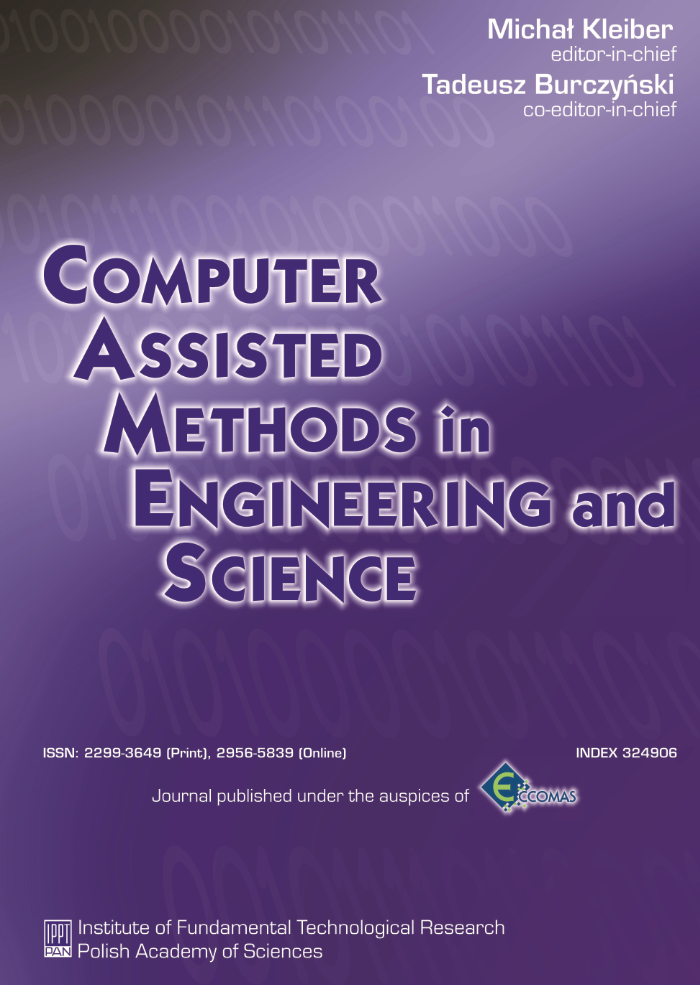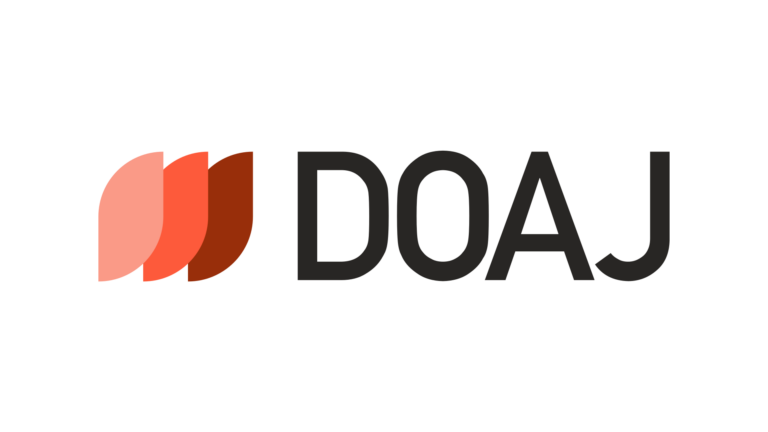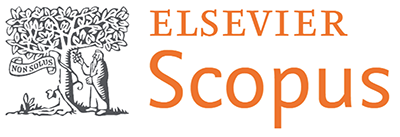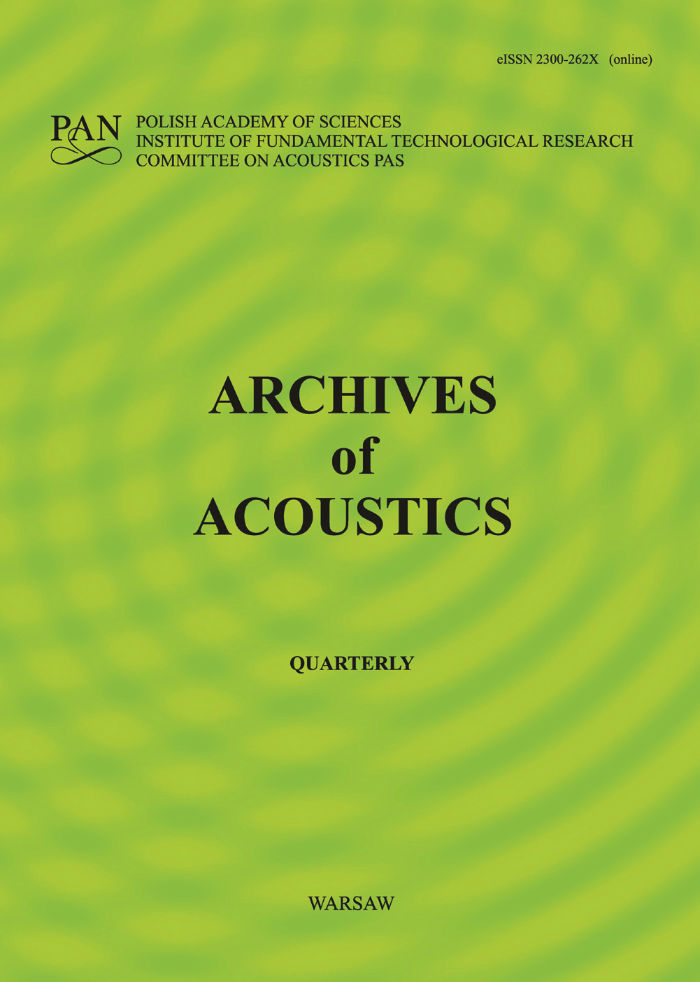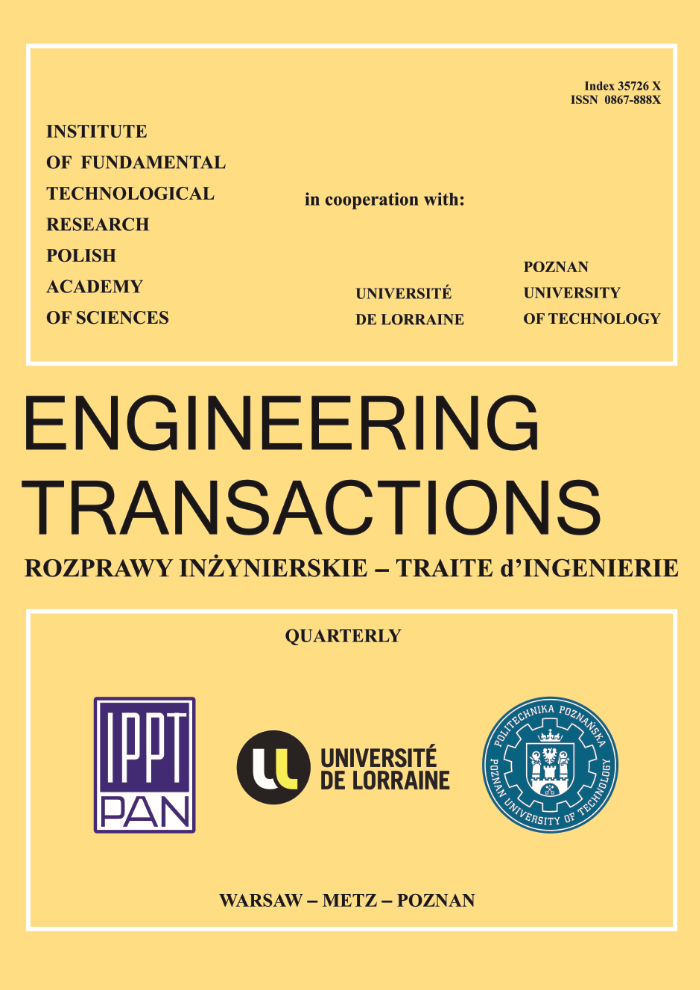By submitting the article to the Computer Assisted Methods in Engineering and Science (CAMES) journal, you declare that the article has never been published before, is not under consideration in other journals, and what is the most important – the article is original, and you have not been using AI to write the article.
Journal policies
We do care about ethics in the scientific world, and do our best to provide an ethical publication process. The manuscript should be original and should not have been submitted either previously or simultaneously elsewhere, neither in whole nor in part. If there is a plagiarism detected in the article, the manuscript will be rejected and any future publication of this manuscript will be suspended (even after corrections).
Submission declaration
Plagiarism
The manuscript should be original and should not have been submitted either previously or simultaneously elsewhere, neither in whole nor in part.
Moreover:
- Authors may not present results obtained by others as if they were their own. Authors should acknowledge the work of others used in their research and cite publications that have influenced the direction and course of their study.
- Reproducing text from other papers without properly crediting the source (i.e., plagiarism) and producing papers with almost the same content by the same authors (i.e., self-plagiarism) is not acceptable.
- Submitting the same results to more than one journal at the same time is also unethical.
If there is a plagiarism detected in the article, the manuscript will be rejected and any future publication of this manuscript will be suspended (even after corrections).
Artificial Intelligence usage
Articles entirely generatedby artificialintelligence will be dismissedduring the initialphase, priorto the review process. Subsequent submissions will not receive approval at all.
The Computer Assisted Methods in Engineering and Science journal does not allow the use of AI by reviewers or editors in the peer-review and manuscript evaluation process, as it is against the journal's policies and ethics.
In the case of using AI as a part of a research design or methods, such use must be described in a reproducible manner in the methods section, including the name of the model/tool, version, extension numbers, and manufacturer.
Note this only applies to the writing process, and not to the use of AI tools to analyze and draw insights from data as part of the research process or AI tools used to check grammar, spelling, and references. Moreover, it does not apply when AI is a part of a research design or methods (e.g., AI in medical imaging).
Duplicate submission
Simultaneous submissions of the same manuscript to different journals are not tolerated. The submitted article will be removed without consideration.
Authorship
The Author(s) explicitly reserve(s) copyright and all other intellectual property rights in the article except as specifically provided in aforementioned licence.
Authorship changes
The journal follows the Council on Publication Ethics (COPE) criteria regarding adding or removing authors or modifying the authorship order after the initial round of peer review. According to the COPE protocol, all original and extra authors must sign a letter stating the cause for the change and certifying that all authors consent to the addition, removal, or reordering of authors. This letter must detail the justification for the change, including why the change is required and how it will benefit the research paper.
Corrections and retractions
All authors have an obligation to inform and cooperate with journal editors to provide prompt retractions or correction of errors in published works.
When an error is discovered in published or submitted work, the mistake should be admitted and an erratum or retraction will be published. Corrections should be approved by all authors of the original article, unless there is a particular reason why this is not possible. In these cases, any dissent among the authors should be noted in the published correction.
An Erratum, a Retraction, and Expressions of Concern will be published in such a manner, and it will be free to access.
- A text will be provided with an appropriate title (Erratum, Retraction, or Expression of Concern) as well as information to identify the article that it refers to.
- It will be published on a numbered page (both in print and online) and listed in the journal’s table of contents.
- It will cite the original article and link electronically with the original electronic publication wherever possible.
- It will enable the reader to identify and understand why the article is being retracted, or should explain the editor’s concerns about the contents of the article.
- It will be in a form that enables indexing and abstracting services to identify and link to original publications.
Computer Assisted Methods in Engineering and Science will issue retractions if:
- there is clear proof that the results are unreliable, either because of misconduct (e.g., data fabrication) or honest error (e.g., miscalculation or experimental error);
- the outcomes have been published before elsewhere without proper cross-referencing;
- article contains plagiarism or reports unethical research;
Computer Assisted Methods in Engineering and Science will issue errata upon the request of authors if:
- a small portion of an otherwise reliable publication is misleading;
- the author list is not valid (i.e., omitting somebody or including somebody who does not meet authorship criteria).
The new content will be reviewed and subject to the editorial approval considering the impact of the change.
Funding sources
Information about funding sources should be disclosed in the manuscript before the reference list.
